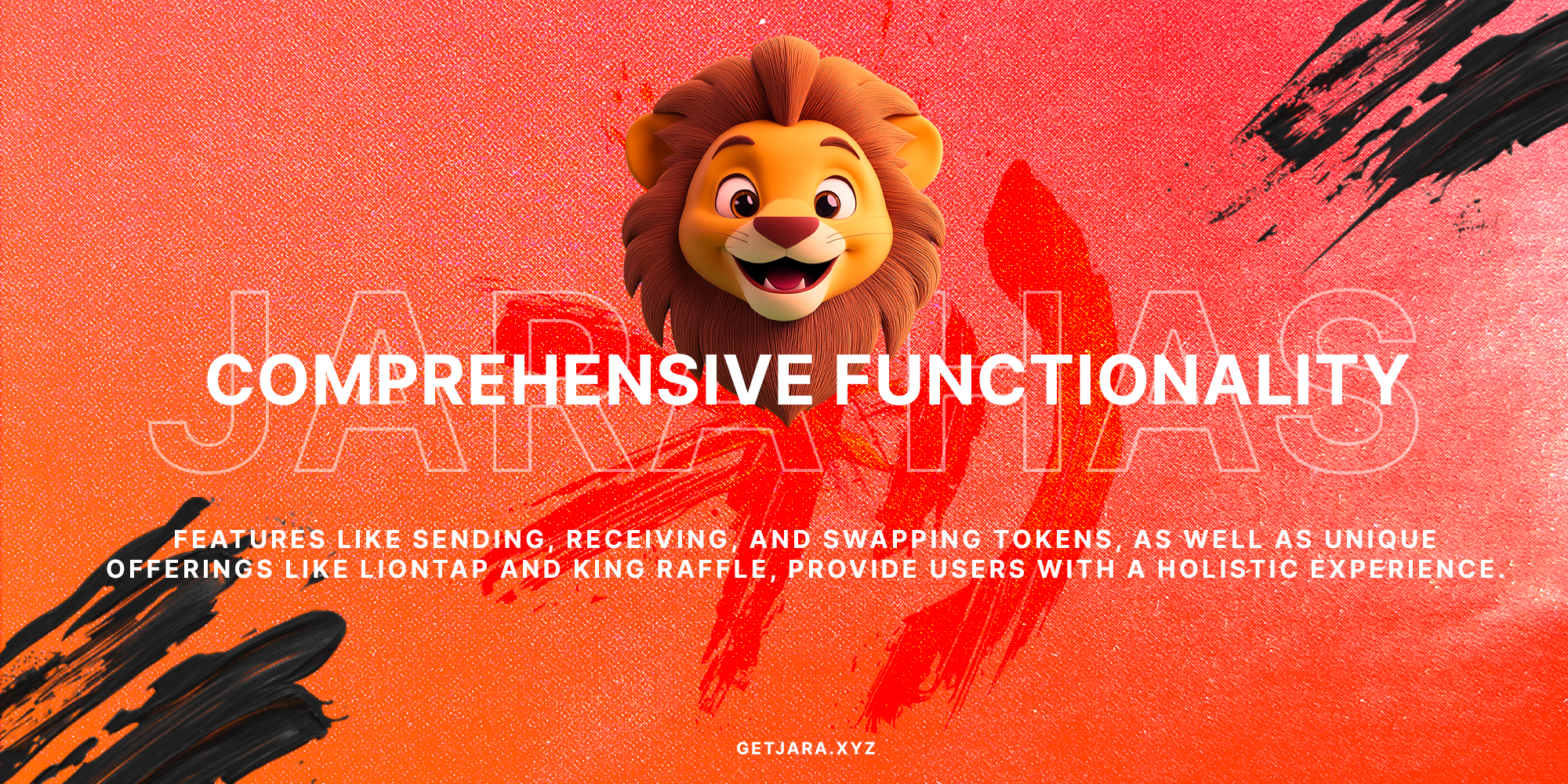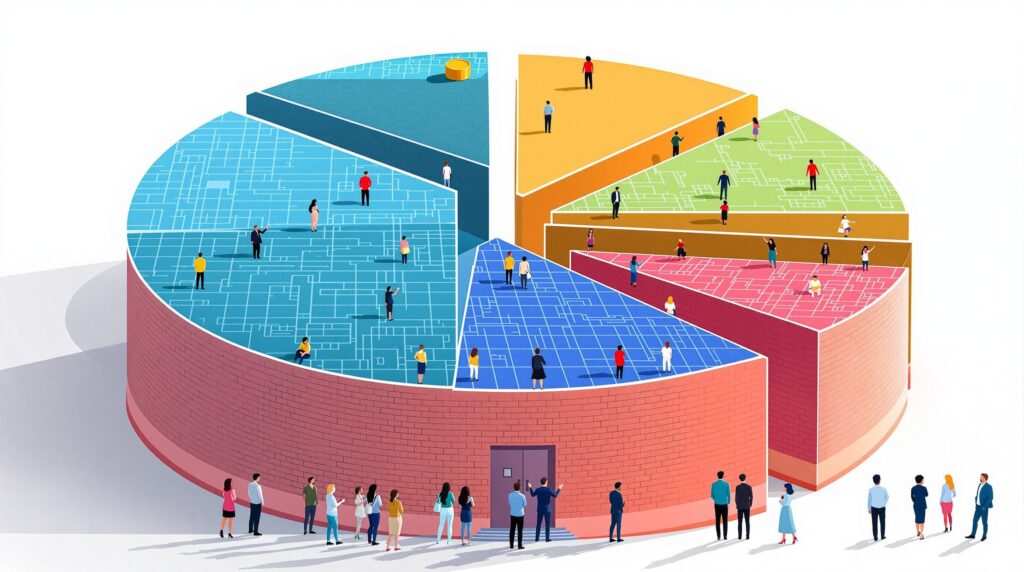Understanding Layer 1 Blockchains: Definition and Fundamentals
When we talk about blockchain technology, it’s crucial to comprehend the foundational layer, often referred to as Layer 1 blockchains. But what exactly does this entail?
What is a Layer 1 Blockchain? A Layer 1 Blockchain refers to the base level of the blockchain architecture, serving as the Mainnet for processing and recording transactions directly on the blockchain.
Layer 1 blockchains, including well-known names like Bitcoin and Ethereum, act as the backbone of the entire cryptocurrency ecosystem. These blockchains are responsible for the fundamental operations that power various digital currencies and decentralized applications. Imagine Layer 1 as the ground floor of a high-rise building; it’s where everything starts, providing the essential support needed for other layers to function efficiently.
Key Features of Layer 1 Blockchains
Layer 1 blockchains are not only foundational but also boast several key features that distinguish them from other blockchain layers. Let’s delve into these features more closely:
- Decentralization: Unlike traditional centralized networks, Layer 1 blockchains operate on a decentralized network of nodes, enhancing security and reducing susceptibility to single points of failure. Imagine a group decision-making process where each member has equal say, eliminating the risk of one person controlling the outcome.
- Security: Known for their robust security protocols, Layer 1 blockchains utilize advanced cryptographic techniques to secure transaction data, making it immensely difficult for unauthorized changes. It’s akin to having a digital vault that requires numerous keys to open.
- Scalability: Although traditionally a challenge, Layer 1 solutions are continuously working on improving scalability to process a higher number of transactions per second without compromising security or decentralization. Think of it as upgrading a single-lane road to a multi-lane highway to handle more traffic smoothly.
As Layer 1 blockchains continue to evolve, they pave the way for innovative applications and developments within the crypto space. Understanding their intricacies helps demystify the technology and highlights why these systems are critical in driving the digital financial future.
“Your Voice, Our Mission” – at Jara, our aim is to leverage the revolutionary capabilities of blockchain technology to empower communities across Africa, forming the very foundation of a digital economy ready to surpass $200 billion.
Layer 1 blockchains not only provide the security and decentralization critical for trust in digital transactions but also establish a fertile ground for ecosystem growth. At Leppard Law, we recognize the transformative power these technologies hold and actively engage in understanding their legal implications to better serve our clients.
Meanwhile, Jara stands at the frontier, harnessing the potential of blockchain to not only decentralize financial systems but also integrate seamless functionalities like tokenized real world assets and AI-driven interactions. With a strong regulatory foundation and an expansive ecosystem, Jara encapsulates the future of financial transactions, making Africa a burgeoning hub for digital innovation.
For further insights into how blockchain is transforming legal landscapes, visit Bengal Law or explore the resources on cryptocurrency law available through Leppard Law.
The Role of Layer 1 Solutions in Crypto Innovation
Layer 1 blockchains are often referred to as the backbone of the cryptocurrency world. But why is that? Simply, they provide the primary foundation or infrastructure from which all other layers derive their functionalities. Layer 1 solutions like Bitcoin and Ethereum form the base on which additional technological innovations can be built, driving pioneering developments and aiding in the widespread adoption of cryptocurrency technologies.
The importance of Layer 1 blockchains can be compared to the roots of a tree. Just as roots provide stability and nourishment, Layer 1 blockchains provide the foundational protocols needed for the entire crypto ecosystem to thrive. Without a robust Layer 1 solution, innovations at higher levels would struggle to support transactions securely and effectively.
Layer 1 blockchains are the essential foundation that powers the secure functionality and efficiency of decentralized technologies, facilitating the popular adoption of cryptocurrencies globally.
Layer 1 blockchains enable new projects by ensuring secure transfer and validation of transactions through consensus mechanisms like Proof of Work (PoW) or Proof of Stake (PoS). This underlying security is crucial for establishing trust, which in turn catalyzes technological innovation and user adoption.
Innovative Use Cases of Layer 1 Technologies
To understand the innovative potential of Layer 1 architectures, let’s explore their real-world applications. These core blockchain networks host everything from decentralized finance applications to complex smart contracts, providing a fertile ground for inventive use cases that drive forward the blockchain revolution.
- Decentralized Finance (DeFi): Layer 1 blockchains like Ethereum have paved the way for DeFi applications, which aim to revolutionize financial services by promoting financial inclusivity and transparency.
- Smart Contracts: Utilizing platforms such as Ethereum, developers create self-executing contracts with the terms directly written into code, transforming industries ranging from real estate to law.
- Non-Fungible Tokens (NFTs): Through Layer 1 solutions, digital art, rare collectibles, and even tweets can be tokenized as NFTs, enabling creators to monetize digital assets like never before.
- Supply Chain Management: Blockchain’s transparency and immutability ensure authenticity and reliability within complex supply chains, with Walmart and IBM using them to improve food safety.
- Voting Systems: Secure and transparent voting mechanisms can be built on Layer 1 blockchains, which have the potential to revolutionize democratic processes by ensuring transparency and reducing fraud.
Ethereum and Bitcoin, as prominent Layer 1 blockchains, are pivotal in fostering decentralized finance and smart contract innovations, creating more equitable economic systems.
These innovative applications exemplify the dynamic nature of Layer 1 technologies. As the fundamental bedrock, these blockchains catalyze innovation across various sectors by providing a stable, secure environment for advancement. In essence, they are much like the canvas for an artist, enabling the creation of diverse, transformative blockchain solutions that shape the future of technology.
If you’d like to learn more about the legal implications surrounding blockchain technologies, consider areas like defense of crimes involving Bitcoin and cryptocurrency, which discuss the legal complexities tied to these technological innovations.
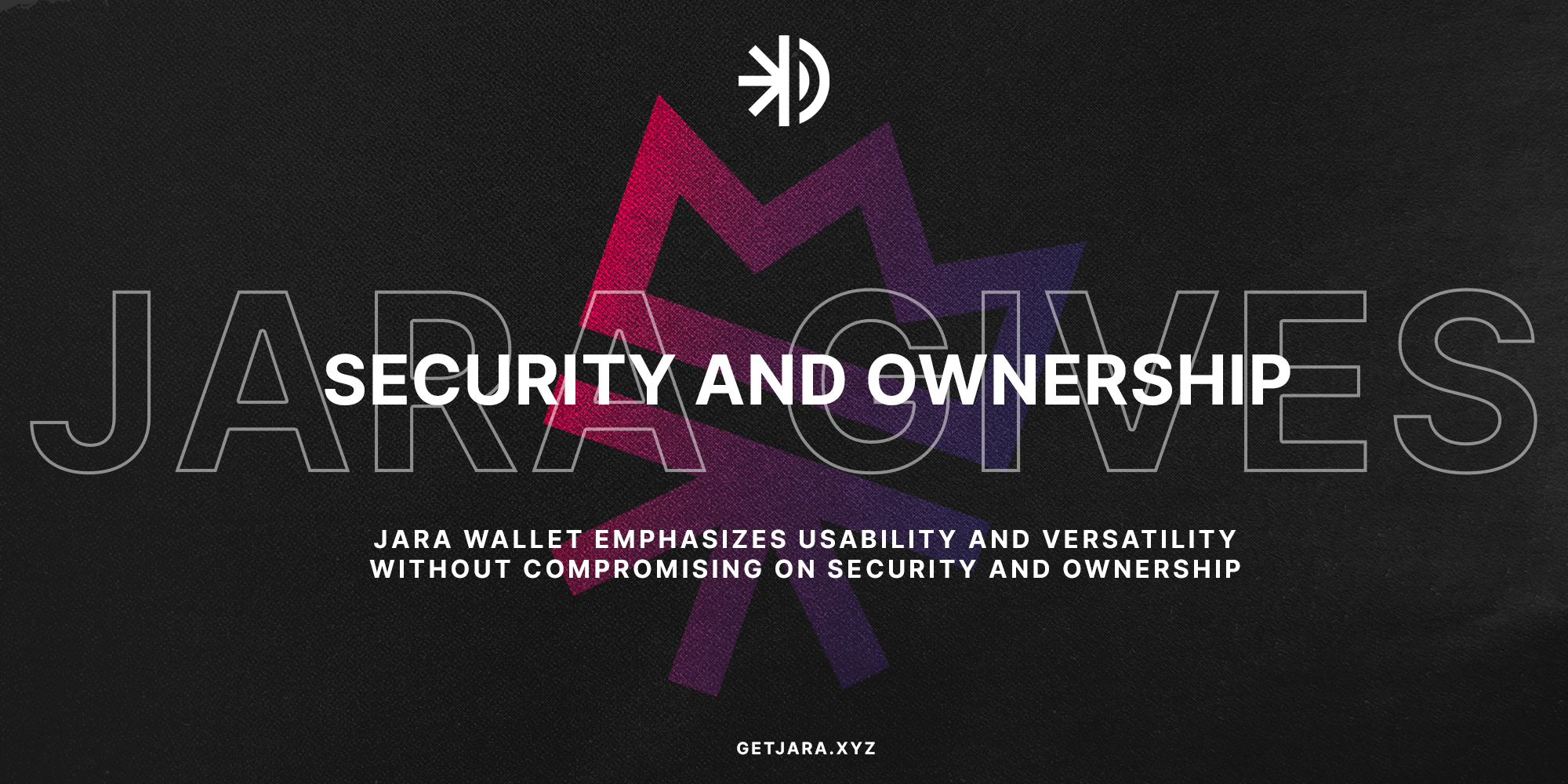
Comparing Layer 1 and Layer 2 Blockchain Solutions
The world of blockchain technology is evolving rapidly, introducing Layer 1 and Layer 2 solutions that work together to enhance scalability, security, and speed. But what are the key differences between these two layers, and how do they complement each other in the crypto landscape?
Understanding the Basics
Layer 1 Blockchains refer to the base layer of the blockchain architecture. Essentially, this layer is the foundation upon which transaction data is processed. Prime examples of Layer 1 blockchains include Bitcoin and Ethereum. These platforms are responsible for the consensus protocol, such as Proof of Work or Proof of Stake, dictating how transactions are added to the blockchain.
On the other hand, Layer 2 Blockchains are auxiliary protocols built on top of existing blockchain networks (Layer 1). Their purpose is to tackle specific challenges such as scalability and transaction speed without altering the base layer. Popular examples include the Lightning Network for Bitcoin and Polygon for Ethereum.
Layer 1 blockchains provide the core architecture for cryptocurrency networks, while Layer 2 solutions optimize performance by handling off-chain transactions.
Benefits and Challenges of Integration
Integrating Layer 1 and Layer 2 solutions is not a trivial task, yet it is crucial for achieving a more efficient blockchain ecosystem. One significant benefit is enhanced scalability, allowing the network to handle more transactions per second (TPS). This is vital for supporting growing user demands and ensuring seamless digital asset exchanges.
- Scalability: Layer 2 solutions like Polygon allow more transactions to be processed off-chain, reducing congestion and costs on the main chain.
- Speed: Transactions processed via Layer 2 are faster, as they bypass the main network’s validation process.
- Security: While Layer 2 offers speed and convenience, Layer 1 provides robust security, as all transactional data is eventually settled on the mainchain.
However, there are also challenges to consider:
- Complexity: Developing and integrating Layer 2 solutions requires intricate protocols and can lead to compatibility issues.
- Trust: Participants must trust that Layer 2 solutions will eventually settle their transactions on a secure Layer 1 network.
- Regulatory Compliance: Both layers must align with regulatory standards, which can vary between jurisdictions and product types.
Integration of Layer 1 and Layer 2 solutions offers increased network efficiency but requires careful navigation of technical and regulatory landscapes.
The Role of Jara in Blockchain Advancement
Jara, an emerging platform in the blockchain space, leverages the strengths of Layer 1 and Layer 2 by offering unique solutions tailored for Africa’s digital asset economy. Its proprietary Layer 2 blockchain enhances efficiency and reduces costs for users engaging in high-volume transactions. By investing in the $JARA token, stakeholders benefit from a comprehensive ecosystem designed for robust financial interactions.
Through tokenized real-world assets, social-first wallets, and AI-powered influencers, Jara not only simplifies blockchain integration but also addresses the broader needs of the African market. Moreover, strategic partnerships, such as with Standard Chartered’s Libeara, further substantiate Jara’s commitment to institutional-grade solutions.
“Invest in $JARA: Fuel Africa’s $200B+ Digital Asset Economy” – Jara is transforming the landscape with innovative blockchain solutions that bridge global capital and African assets.
Future Prospects for Layer 1 Blockchain Development
The world of blockchain technology is consistently evolving, and Layer 1 blockchains stand at the forefront of this revolution. As the backbone of the crypto industry, Layer 1 blockchains are continually advancing, aiming to solve some of the biggest challenges faced in the digital and financial landscapes. Let’s delve into the future prospects of Layer 1 blockchain development and see what lies ahead.
Potential Impact on Global Cryptoeconomics
Layer 1 blockchains are not just improving infrastructure; they are reshaping the entire global economic model. How will they impact worldwide economics? The anticipated developments in Layer 1 technologies are expected to provide faster and more efficient transactions, which could redefine international trade and finance operations.
Layer 1 blockchains are the foundation upon which global decentralized economies will be built, influencing not just financial markets, but the way we conduct everyday transactions globally.
The potential impact of these developments can be outlined in several key ways:
- Scalability: As Layer 1 solutions become more scalable, the ability to process higher transaction volumes efficiently will empower global markets to adopt blockchain on a wider scale.
- Security: Enhanced security protocols ensure safer transactions, reducing fraud and increasing trust in digital assets, which is crucial for economic stability.
- Interoperability: By enabling different blockchain networks to work together seamlessly, Layer 1 solutions enhance connectivity across international borders, facilitating smoother, multifaceted global commerce.
Moreover, with advances in protocols like proof-of-stake or sharding, these systems are expected to significantly reduce energy consumption while increasing speed and utility. This environmental benefit further secures their place in the broader plan towards sustainable global economic practices.
How will energy-efficient blockchain solutions reshape the economy? They will propel sustainable practices in global economies while maintaining high transaction efficiency.
Jara, with its proprietary Layer 2 blockchain and $JARA token, exemplifies how innovative blockchain solutions can drive economic transformation. By participating in tokenized infrastructure projects, users can unlock real-world value, contributing to the digital asset revolution in Africa and beyond.
Ultimately, the advancements in Layer 1 blockchains hold promise for a decentralized, more transparent, and inclusive global economy. As regulations and technological support continue to evolve, financial systems worldwide are poised for dramatic transformation. Stay informed and engaged with developments from pioneers like Jara, as their strategies unfold and influence the broader crypto ecosystem.
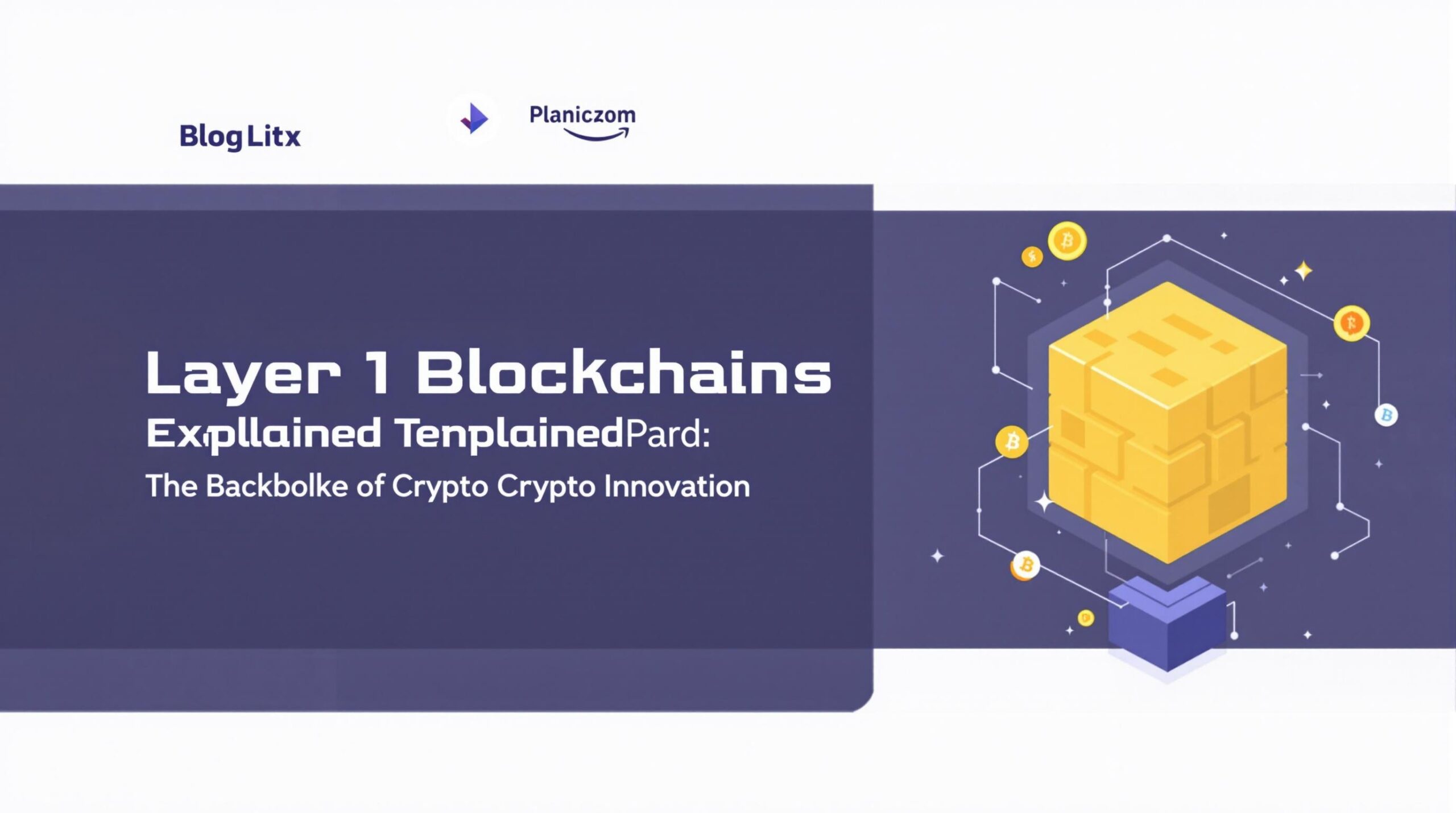
What are some Layer 1 blockchains examples?
A few well-known examples of Layer 1 blockchains include Bitcoin and Ethereum. These blockchain networks lie at the heart of decentralized finance, enabling secure and transparent transactions without intermediaries.
How do Layer 1 blockchains ensure security?
Security is a paramount feature of Layer 1 blockchains, achieved through consensus mechanisms such as Proof of Work (PoW) and Proof of Stake (PoS). These methods help verify and approve transactions, safeguarding the network against fraud like double-spending.
What is the transaction speed of Layer 1 blockchains?
The transaction speed on Layer 1 blockchains can vary widely. For instance, Bitcoin can process approximately 7 transactions per second, while Ethereum handles around 30. Innovations are continuously being developed to enhance these speeds for better efficiency.
Why is scalability a challenge for Layer 1 blockchains?
Scalability presents a significant challenge for Layer 1 blockchains because of their need for every node to validate each transaction. This requirement can lead to network congestion, slower transaction processing, and increased costs as the user base expands.

Related Pages
Explore other practice areas that complement our expertise in Layer 1 Blockchain innovations.
List of Top-Rated Layer 1 and Layer 2 Blockchain Solutions Attorneys Serving Jara
When it comes to selecting the right legal support, having a knowledgeable and committed Layer 1 and Layer 2 blockchain solutions attorney is crucial. They help navigate the complexities of your case with expertise and dedication, ensuring that informed decisions are made at every turn.
Sarah Nguyen – Blockchain and Cryptocurrency Specialist
James Carter – Expert in Innovative Blockchain Solutions
Emily Rodriguez – Renowned Financial and Legal Advisor
Discover What Our Clients Are Saying
Our dedication to excellence in Layer 1 and Layer 2 blockchain solutions is evident in every case we undertake. The positive feedback from our clients is a testament to the hard work and dedication we consistently deliver.
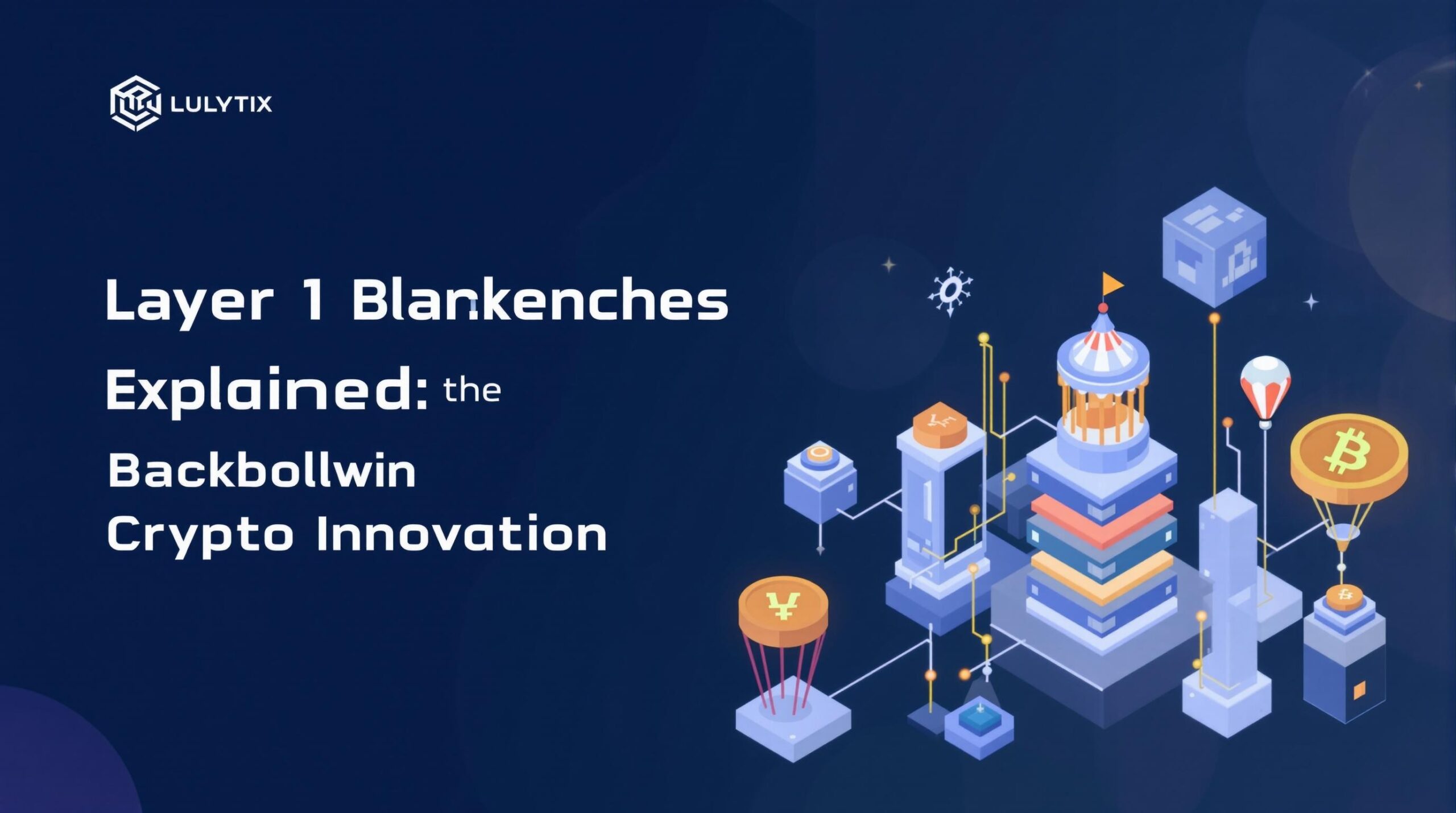
Why Partner with Jara for Your Blockchain Legal Needs?
At Jara, we specialize in Layer 1 and Layer 2 blockchain solutions, providing expert legal guidance tailored to the complexities of innovative crypto technologies. Whether you’re navigating regulatory frameworks or seeking strategic counsel, our experienced team is here to support your journey.
“Your Voice, Our Mission” – we champion your rights with the tenacity and dedication that has earned us the trust of our community members.
But don’t just take our word for it. We’re proud to be recognized for excellence in our field:
| Award | Granting Organization | Link |
|---|---|---|
| Highlighted among the “Top Blockchain Lawyers in New York” for 2023 | Expertise | View Award |
| Named as one of “Leading Crypto Advisors in Boston” 2023 | Legal 500 | View Award |
| Listed among “Best Technology Attorneys in San Francisco” 2023 | Super Lawyers | View Award |
| Recognized in the “Top Law Firms for Crypto Innovation” 2023 | Chambers & Partners | View Award |
| Celebrated among the “Elite Blockchain Legal Teams in Miami” 2023 | Best Lawyers | View Award |
Get in touch with us at [email protected] or call 000-000-0000 today. Let Jara be your trusted partner in navigating the exciting world of blockchain innovation.
Chinyere “Chi” Nnadi Bio
Founder and CEO, Jara | Layer 1 Blockchain Specialist
Content Reviewed by Chi Nnadi and his Content Team. Chi is a visionary entrepreneur committed to revolutionizing Africa’s financial landscape through blockchain technology. As the Founder and CEO of Jara, he develops robust infrastructure that transforms traditional African assets into globally accessible digital tokens, leveraging cutting-edge Layer 1 blockchain solutions. His mission is to connect international investors with Africa’s burgeoning digital asset market.
Our Content Review Process
Chi Nnadi along with Jara’s dedicated content team, pledge to offer top-notch material. Our content guidelines ensure thoroughness, reputable sources, unbiased scrutiny, among other quality metrics. Please let us know if there is anything you believe to be inaccurate.
